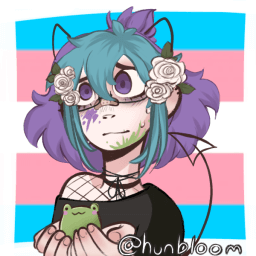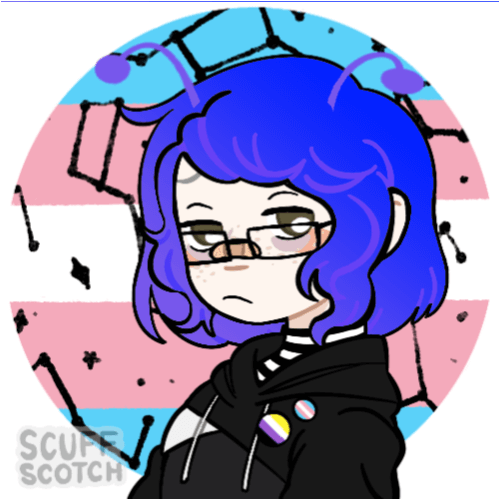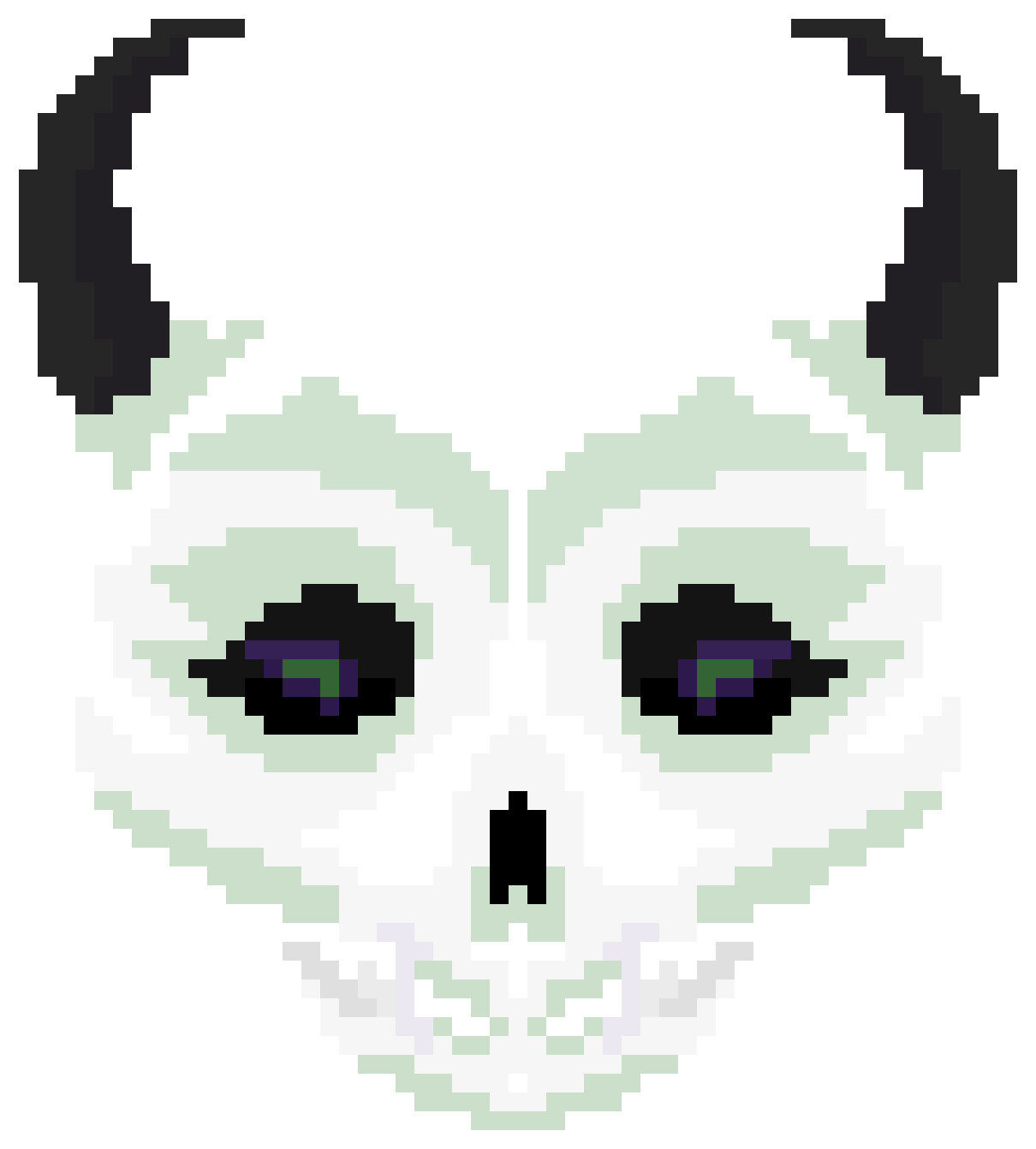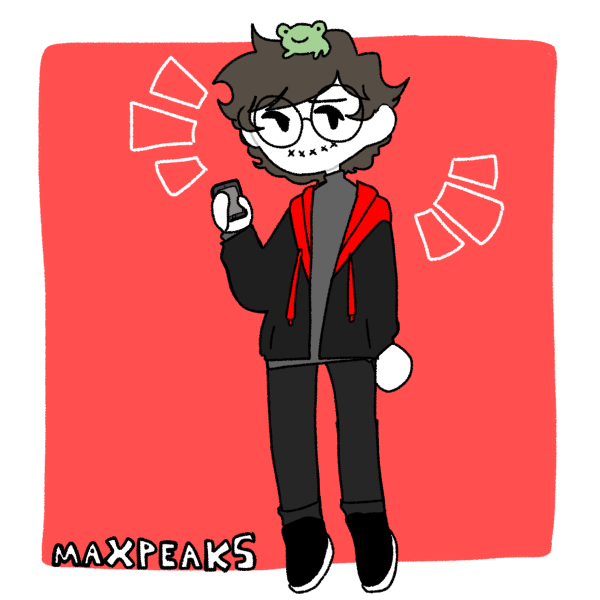This is our introduction to Plurality & Multiplicity. If you've heard those terms and are not sure what the mean or want to learn the basics of plurality, this is the perfect place to start! We hope you keep an open mind and learn a lot!
Note: On this site, our references to Plurality, Multiplicity, and Systems is limited exclusively to Traumagenic Systems. We are not educated enough or have any authority or experience to speak on anything further.
What is Plurality & Multiplicity?
Plurality & Multiplicity are the concepts of multiple people, most often called Alters or Parts, inhabiting a single body. Most commonly this happens through Identity Disorders such as Dissociative Identity Disorder (DID) and Other Specified Dissociative Disorder (OSDD).
DID
The International Society for the Study of Truama and Dissociation (ISSTD) defines DID as
DISSOCIATIVE IDENTITY DISORDER (previously known as Multiple Personality Disorder) is the most severe and chronic manifestation of dissociation, characterized by the presence of two or more distinct identities or personality states that recurrently take control of the individual’s behavior, accompanied by an inability to recall important personal information that is too extensive to be explained by ordinary forgetfulness. It is now recognized that these dissociated states are not fully-formed personalities, but rather represent a fragmented sense of identity. The amnesia typically associated with Dissociative Identity Disorder is asymmetrical, with different identity states remembering different aspects of autobiographical information. There is usually a host personality who identifies with the client’s real name. Typically, the host personality is not aware of the presence of other alters (American Psychiatric Association, 2000; Fine, 1999; Frey, 2001; Kluft, 1999; Kluft, Steinberg & Spitzer, 1988; Maldonado et al., 2002; Spiegel & Cardeña, 1991; Steinberg et al., 1993). The different personalities may serve distinct roles in coping with problem areas. An average of 2 to 4 personalities/alters are present at diagnosis, with an average of 13 to 15 personalities emerging over the course of treatment (Coons, Bowman & Milstein, 1988; Maldonado et al., 2002). Environmental events usually trigger a sudden shifting from one personality to another (Maldonado et al., 2002).
To simplify this slightly; DID is when an individual has 2 or more distinct identities or personality states. These identities are usually called Alters or Parts in the Plural community. DID also presents with amnesia between the alters and different alters remembering different aspects of a memory. For example one alter may remember seeing a cat, while the another with the same memory just remembers seeing something red on the street.
Normally there will be one alter, usually called the "Host," who will use the name most commonly associated with the body and fulfill most of the daily/life tasks. Some Systems will have multiple Hosts!
It is very important to remember that not all Hosts are aware of their situation. Hosts are not always aware of their System working to support them. Part of DID is dissociative amnesia which allows Systems to hide themselves. Our System worked this way throughout most of our twenties before we were finally in a stable enough place to seek therapy and treatment.
OSDD-1A
OSDD-1A presents with many of the same traits as DID. The key differences between DID/OSDD-1A lies in how distinct the alters are from one and other. With DID each alter will generally have different names, genders, goals and interests. With DID the alters will generally act noticeably different from each other, using different body language, tones in voice and more.
OSDD-1A usually has less distinction between parts. There will still be multiple alters in one body and amnesia still occurs, but the alters will all act like the "same person." Sometimes the alters in an OSDD-1A System will become distinct enough to want their own names, but may still act similarly to each other.
OSDD-1B
OSDD-1B also presents with many of the same traits as DID. The key difference here is the lack of amnesia or only very minor amnesia. Systems with OSDD-1B are often able to recall actions performed by other alters in a first or third person perspective. OSDD-1B Systems can also just have vague knowledge of other alters actions instead of outright or distinct memories.
What causes DID/OSDD
The most simple answer is consistent trauma between the ages of 6-9 years old.
The National Library of Medicine provides the theory of structural dissociation. This theory purposes that no one is born with a fully integrated personality. Instead infants contain a base collection of ego states that provide for basic needs. These needs can be food, warmth, attachment to a caregiver, exploring the world around them. As the child ages and develops these ego states naturally merge, or integrate into one identity and personality, usually around the age of 6-9.
In some cases those ego states are not able to properly integrate, usually due to trauma. Due to these factors the ego states develop conflicting memories, needs and action paths in response to trauma. All of these compound and a coherent sense of identity cannot be formed. Instead each ego state developes separately from the point the conflict is to great to settle.
In the Plural community, this is commonly called Splitting. Splitting can
happen to a System at anytime, but is generally a response to stress or trauma
as a coping method. While it is only possible to develop DID/OSDD between the
ages of 6-9, splitting can occur at any age. New alters can present at age 7 or
at age 87.
Other Resources
Lastly we wanted to provide some of our favorite material that explains DID/OSDD and Plurality.
SciShow Video on Dissociative Identity Disorder
Hank Green presents a 5 minute video going over the basics of Dissociative Identity Disorders and how the media misportrays these disorders.
Plurality Hub Carrd
The Heretic created a great carrd site with tons of introductory material, such as terminology and etiquette.
D-I-D You Know Graphic
tigrin on DeviantArt provides a great explanation of Dissociative Disorders in an infographic comic. They go over what DID is like and how Hollywood portrays it incorrectly.
BetterTogether's DID/OSDD Casually and Visually Explained
BetterTogether's tumblr offers many great DID/OSDD resources, including their wonderful DID/OSDD Casually Explained. Great explanations in a very simple to understand visual style!






